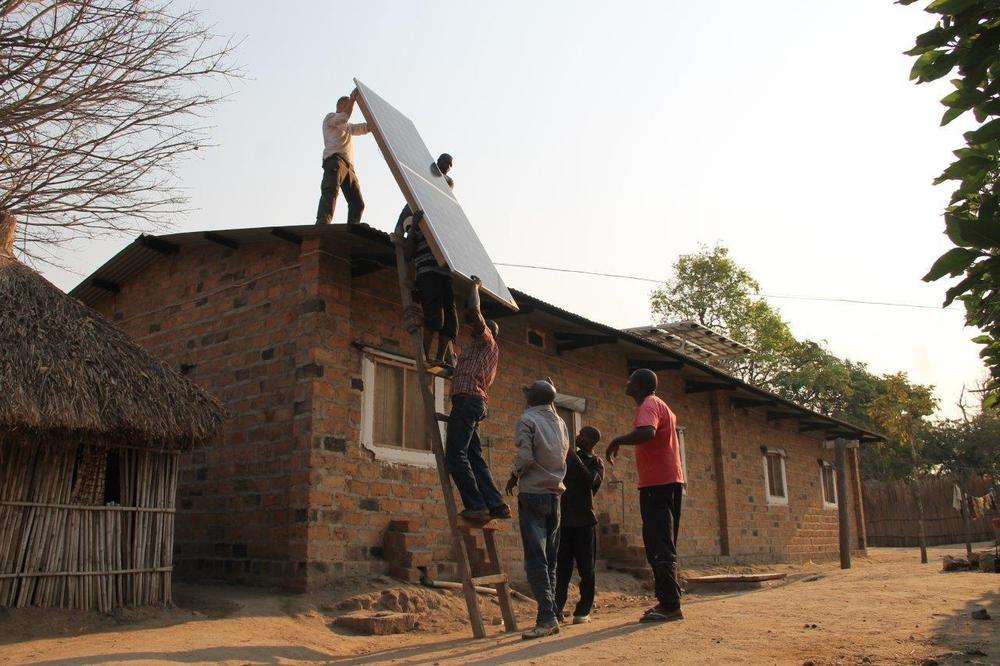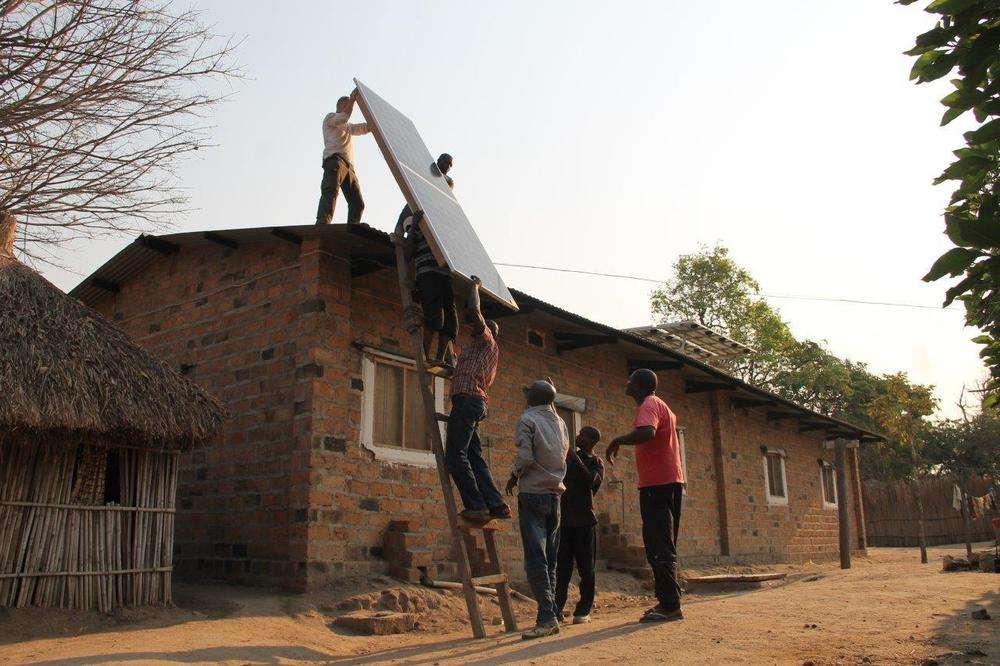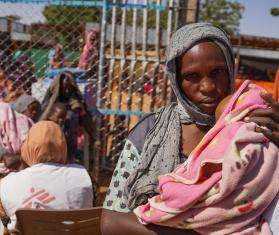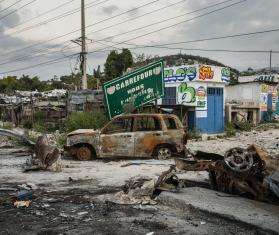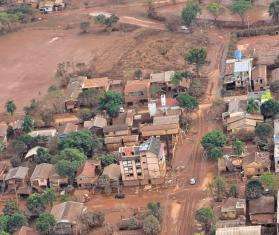After 10 years of working in Shamwana, in Tanganyika Province in southern Democratic Republic of Congo (DRC), Doctors Without Borders/Médecins Sans Frontières (MSF) handed over its activities to the Ministry of Health (MoH) on August 12, 2016. MSF supported the MoH hospital of Shamwana as well as seven surrounding health centers, providing primary and secondary health services, including the treatment of malaria, diarrhea, malnutrition, respiratory tract infections, HIV/AIDS, and tuberculosis; as well as surgical, reproductive, and mental health services.
An Unusual Challenge
What made this handover somewhat different was the fact that it included a newly installed solar power system—currently the only possible solution for providing electricity in this extremely off-the-grid location with no transport access during the rainy season. When the decision to close the project was communicated to MSF staff and the community in April 2016, the general anticipation was that the Shamwana Referral Health Center would reduce its activities substantially, and perhaps even close down. However, inspired by the dedication and compassion of the MoH staff—most notably the hospital director Dr. Daddy Ebwas Mupanda—MSF worked with the community to find a solution that would leave the most sustainable possible system in place.
The main challenge in the hospital was maintaining a reliable supply of electricity to operate a cold chain for essential medications. MSF very quickly concluded that the current energy supply system was unsustainable, as it completely relied on continuous diesel shipments of approximately 1,000 liters [about 264 gallons] per month. As with many other locations in DRC, however, the solar energy supply is nearly endless and quite reliable. Therefore, the MSF team decided to invest in setting up a minimal yet operable solar energy system.
Capacity for the Future
In a race against time, a feasible solar power system was designed to supply some lights during night time, power some medical equipment, and, most importantly, allow one oxygen concentrator to run non-stop every day. The current system will produce around one-third the amount of the previous diesel-powered system. The biggest challenge in executing the new design was ensuring the production of medical-grade concentrated oxygen, vital for many patients with respiratory diseases, particularly for newborn babies and during surgery. This is highly energy-intensive, and to run only one of the concentrators continuously requires 12 large solar panels and 12 batteries.
For the remaining equipment an additional four panels and four batteries were installed, in total making it a fairly large installation with a maximum power production of close to four kilowatts. In addition to this, the current system for supplying the electric water pump will be maintained, and a new solar fridge was installed.
"With the solar power system, the very difficult task of continuing to provide quality health care to this vulnerable region has been made possible," said Dr. Mupanda at the handover ceremony. "It will still be a challenge to keep operations going in this remote location, but the most vital parts are here."
